April 26, 2024
We updated this article with new information after conducting further research. Due to a lack of credible details about THC-JD's origins, potency, and effects, we advise against consuming it until more information becomes available.
With over 100 cannabinoids identified in hemp and marijuana plants, manufacturers have a lot of territory to explore—and the market of cannabis products keeps growing. Some of these compounds have been researched more thoroughly than others; especially delta 9 THC, which has undergone decades of study. But lesser-known cannabinoids like THC-H and THC-B are in the early stages of exploration, and others have no published research on their effects, potency, and safety.
THC-JD (or THCjd) falls squarely into the last category. You’ll see THC-JD products all over the online cannabis market, despite a lack of credible details about this potentially artificial cannabinoid. We have very little knowledge, and nearly everything we do have is anecdotal. It's challenging to say how much can actually be attributed to THC-JD itself.
If you’re seeking intoxicating hemp with a bit more scientific backing, you’ll probably prefer HHC or delta 8 products. Countless brands offer D8 carts and D8 gummies, while HHC carts and HHC gummies are rapidly gaining ground. Both delta 8 THC and HHC have been identified in cannabis flower. Either compound develops in the plant with or without human intervention, although their commercial forms are semi-synthetically derived from CBD.
Don’t take hemp marketing at face value. While it can be tempting to sample every compound you come across, it’s fine to wait for more information. THC-JD and other barely known cannabinoids are often hyped to generate sales.
Our goal isn’t to solve the puzzle that is commercial THC-JD. We’ll be the first to admit that while clues (and plenty of claims) are out there, the cannabinoid is still cloaked in mystery. Here’s the rundown.
What is THC-JD?
Tetrahydrocannabioctyl, commonly abbreviated to THC-JD, is a cannabinoid with dubious origins and a hot-button place in the hemp market. While it appears structurally similar to delta 9 or delta 8 THC at a glance, there’s a key difference: the length of its carbon tail, or side chain.
Sadly for the consumer, it can be tough to verify what’s going into many THC-JD products. Standard certificates of analysis (COAs) won’t even account for it—and if THC-JD is included, it’ll likely be under the name 3-octyl-tetrahydrocannabinol or THC-C8. Authentic THC-JD isn’t exactly simple to get your hands on, either way, and products rarely contain measurable amounts of it. More on that later.
Claims about THC-JD’s structure are consistent between brands and our limited scientific literature. It’s the proud owner of an octyl (eight-carbon) side chain, outnumbering delta 9 THC’s own five-carbon tail. Long chains suggest a greater binding affinity with human cannabinoid receptors and, therefore, potentially higher potency. A three-carbon difference could be extremely significant as we consider the effects.
Now, time for the catch. While chemists have documented a few substances matching this description, the primary culprit (JWH-138) is an artificial cannabinoid developed for pharmacological research. JWH-138 has never been isolated or identified as a natural constituent of cannabis.
The JWH-138 synthetic cannabinoid is attributed to American chemist John W. Huffman. Over just twenty years, around 450 cannabinoids were added to his JWH series, including the now-infamous JWH-018. And as valuable as Huffman’s contributions were to medical research, his work had consequences. JWH cannabinoids have been identified in artificial marijuana (K2 and Spice). Most notably, JWH-018 was outlawed by the United States government in 2012.
Although JWH-138 is the best-documented example, it wasn’t the first time chemists developed a cannabinoid with this structure. Roger Adams synthesized his own “THC-JD” (then known as THC-octyl) decades before JWH-138 came along. Unfortunately, it doesn’t appear to have been further experimented with.
It’s possible that a THC-octyl variant is native to cannabis bud. We just don’t know yet.
Human trials are nonexistent, but THC-octyl has a demonstrated affinity for CB1 receptors in the endocannabinoid system. Not much can be said about its effects on human users. Speculation points to this cannabinoid being highly intoxicating, but again, even commercial THC-JD products aren’t the best gauge of its properties.
THC-JD is sometimes marketed under the names THCjd or THC-jd. Rather than products formulated with exclusively THC-JD, we could only find vape carts and gummies featuring it alongside other ingredients. You’ll usually see it in a stew of THC isomers or variants, such as delta 6 THC, delta 8 THC, and THCP. Such “cannabinoid cocktails” probably contain mostly delta 8 with a tiny sprinkling of whichever novel THC variant is being promoted.
Does THC-JD get you high?
Yes, genuine THC-JD (THC-octyl, THC-C8, or JWH-138) will almost certainly get you high. We just can’t say how high it’s going to get you, or how long that high will last.
You’ll read a shared claim about many hemp products: that they’ll get users way higher than delta 9 THC. THC-JD is no exception. Despite virtually no studies on its recreational effects, sellers tout this newcomer as a far stronger alternative to delta 9. We can only craft predictions from our knowledge of similar compounds.
THCP, for example, may bind more than 30 times more effectively to the CB1 receptor. That could make THCP one of the most intoxicating cannabis derivatives available. However, experts aren’t sure how effectively a greater binding affinity amplifies a cannabinoid’s effects—if cannabinoid receptors are overloaded, some of that potency may go to waste.
The THC-JD cannabinoid is structurally close to THCP, which boasts a seven-atom carbon side chain. Delta 9 THC’s alkyl chain contains only five carbons. THC-JD has an eight-carbon chain, even longer than that of THCP. We need research to see how this impacts THC-JD’s potency and the strength of your high.
Are trials needed to work out THC-JD’s potency in humans? Absolutely. Given the cannabinoid’s ambiguous roots, however, it’s unclear when or how it will be researched.
What are the effects of THC-JD?
Unfortunately, there’s no scientific research into the recreational effects of THC-JD. We do know that consuming it will get you high. As with other psychoactive cannabinoids, users can expect feelings of euphoria, relaxation, or sedation.
Since THC-JD only seems to be offered in cannabinoid blends, you’ll experience its effects in combination with the effects of whatever it's mixed with.
Even if you’re picking up a vape with “THC-JD” boldly plastered on the box, check its COA. There’s a strong chance that it doesn’t contain measurable amounts of THC-octyl, 3-octyl-THC, or THC-C8. Either that, or it’s primarily delta 8 THC distillate with a sprinkling of THC-JD—too negligible for the average user to notice any unique effects. Some brands don’t even publish COAs for their THC-JD products.
THC-JD has the potential to be a potent cannabinoid, so if you do come across it, begin with a small dose. Ideally, a couple of puffs of your vape, or a quarter of a THC-JD gummy. Wait for the effects to settle in and see how you respond. Then, go ahead and consume more if your experience is milder than desired.
If THC-JD is as potent as claimed, you’ll likely encounter side effects. Be on the lookout for anxiety, dry mouth or eyes, and others closely linked to cannabis consumption.
Is THC-JD safe?
Cannabinoids in the JWH series weren’t developed with recreational consumption in mind. No matter which THC-JD variant we’re looking at, researchers have yet to explore its safety in human users. Again: we just don’t know.
It’s unclear whether THC-JD is more or less safe than other hemp-derived cannabinoids. Should our understanding evolve, we’ll learn more about potential safety risks or hazards.
Just stick to trusted retailers with transparent safety testing. Even if you’re buying well-loved hemp products like delta 8 or CBD carts, untested formulas can contain harmful fillers or undisclosed ingredients. The same applies to THC-JD carts and edibles.
Check for third-party testing results whenever you make a hemp purchase online. All credible brands will make these documents easy to locate; typically in the header, product description, or sidebar of their website.
THC-JD vs delta 9 THC
Despite its structural similarities to delta 9 THC, THC-JD has a considerably longer carbon side chain: eight atoms instead of just five.
Multiple sellers state that THC-JD is 19 times stronger than delta 9 THC. Although it’s possible that THC-JD is a potent cannabinoid, we couldn’t find where that very specific estimate comes from. Take that with a huge grain of salt.
Even if a natural form exists, there’s no way that THC-JD could be cost-effectively extracted from the hemp plant. Minor cannabinoids aren’t easy to acquire through old-school distillation. The simplest production strategy involves altering CBD with heat or chemical catalysts, which is exactly how we get popular hemp cannabinoids like delta 8 THC.
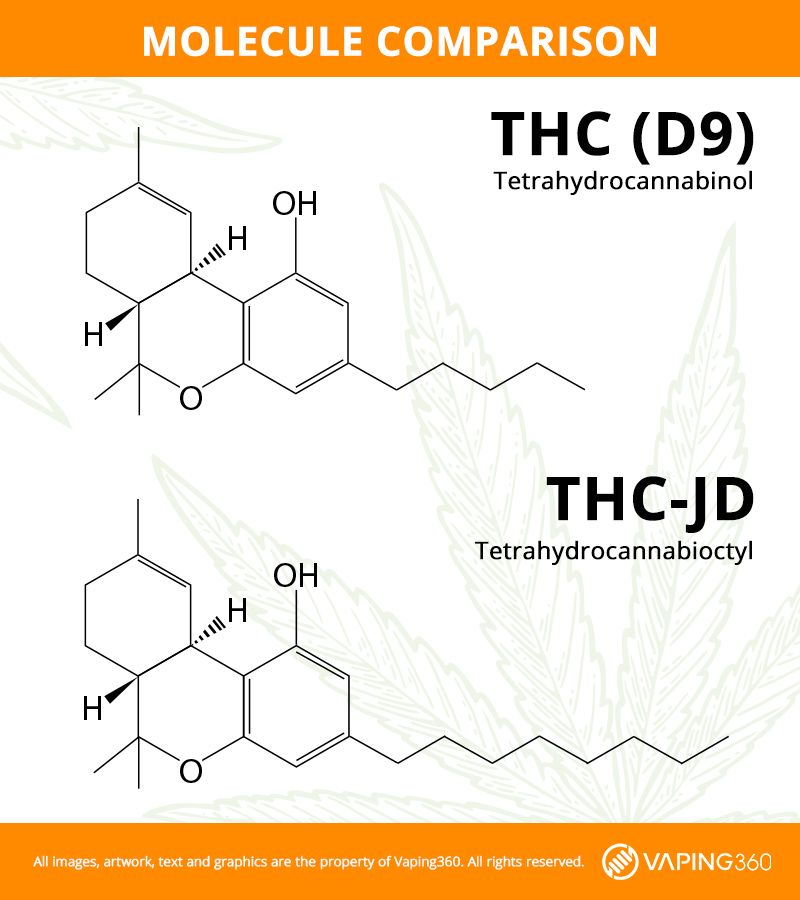
Will THC-JD show up on a drug test?
Stop consuming cannabis products of any kind before a drug test or pre-employment screening. While we don’t know the specifics of THC-JD metabolization, we can make an educated guess based on our knowledge of other THC variants.
It’s probable that THC-JD will convert into THC-COOH after processing, much like delta 8 or delta 9 THC. You only need a small amount of this metabolite in your system to test positive. As far as a drug panel is concerned, there’s no difference between marijuana and psychoactive hemp.
THC metabolites are stored in adipose tissue (fat cells) for several weeks. Some people will find that their system clears out even faster, especially if they’re casual users. Chronic, long-term use of any cannabis product (or combinations) can leave metabolites in your body for up to three months.
The only proven way to rid your system of metabolites is to stop all hemp or marijuana use. While THC detox kits are out there, they probably do little more than drain your wallet.
Is THC-JD legal and where is it sold?
Semi-synthetic cannabinoids have the United States Food and Drug Association (FDA)’s go-ahead. As long as they’re also found in unprocessed hemp, the 2018 Farm Bill allows manufacturers to isomerize CBD (or another naturally derived cannabinoid) to create a more cost-effective form. Fully synthetic compounds aren’t protected, according to the Drug Enforcement Administration (DEA).
With the United States hemp market stuck in its unregulated flux state, THC-JD’s legality isn’t as simple as you’d hope.
On one hand, synthetic cannabinoids are indeed illegal. On the other, no forms of THC-octyl are well-studied enough for us to know if they occur naturally. And, bizarrely, most “THC-JD” products don’t even contain the advertised cannabinoid. It’s complicated.
Even if THC-JD is fully synthetic, there’s no guarantee that legislatures or law enforcement will target it.
How manufacturers opt to brand and market their products is a free-for-all. Medical claims aren’t permitted, but there’s nothing stopping hemp companies from making misleading statements about a product’s contents. We’re not kidding. The next time you decide to pick up a cart containing niche cannabinoids, take a look at the COA first. It may contain little to none of what’s advertised on the package.
In order to be considered a hemp product, THC-JD gummies and vape carts are required to contain less than 0.3% delta 9 THC by dry weight. If any product is discovered to contain delta 9 levels above the legal limit, it’s deemed to be marijuana—a federally illegal Schedule I drug.
A growing collection of online hemp shops is releasing THC-JD products. But don’t rush to complete your purchase, even if you suspect the product actually contains the cannabinoid in question. Always check for third-party testing results before buying THC-JD or any hemp-derived product.




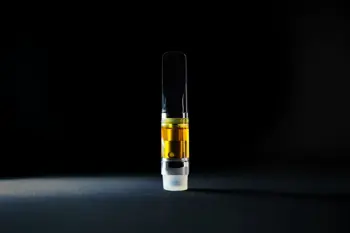
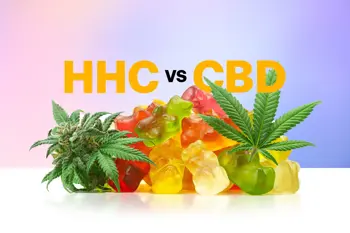
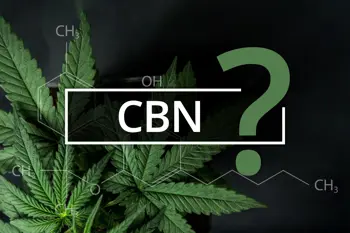
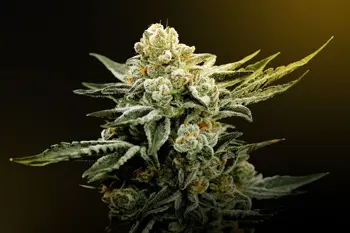





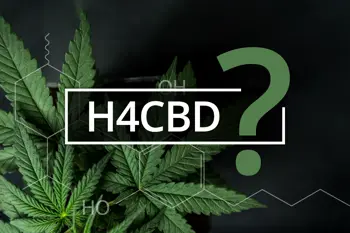
![Image for What Is THC-JD? Legality, Effects, Potency Explored [Update]](https://media.vaping360.com/images/what-is-thc-jd-thumbnail-20a40b517a.webp?imageType=Small)






